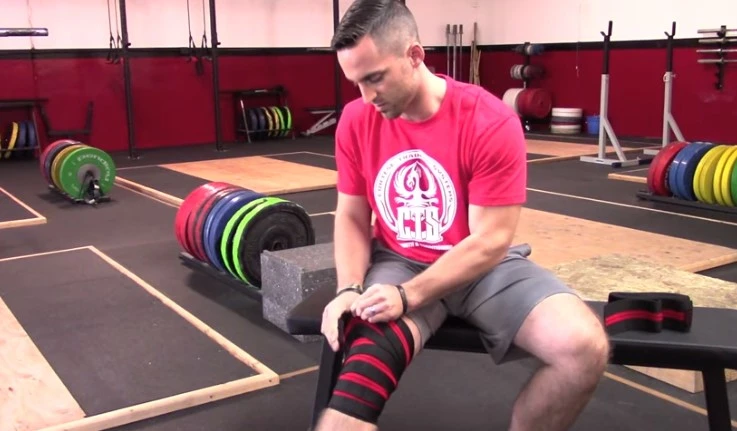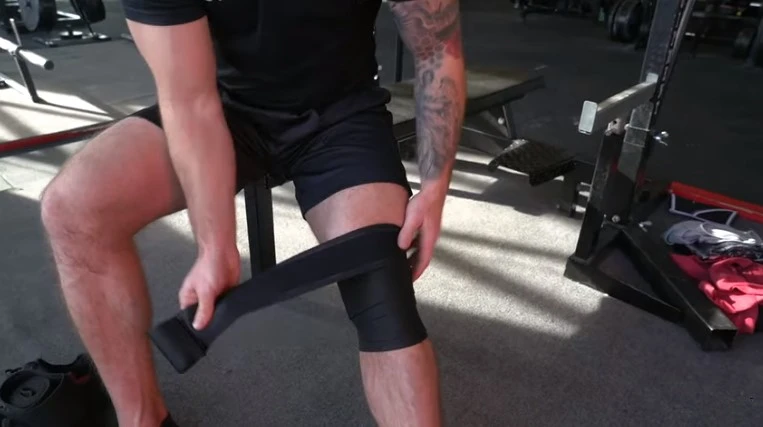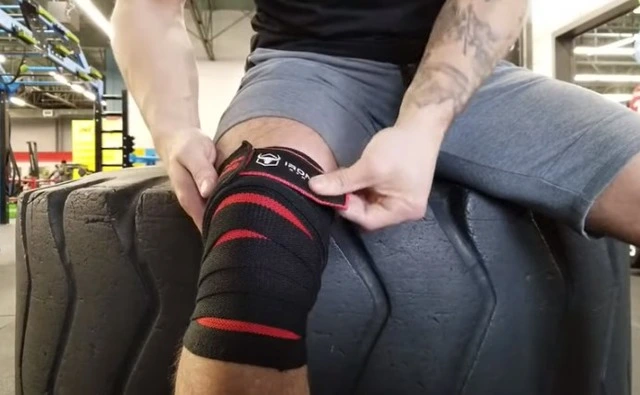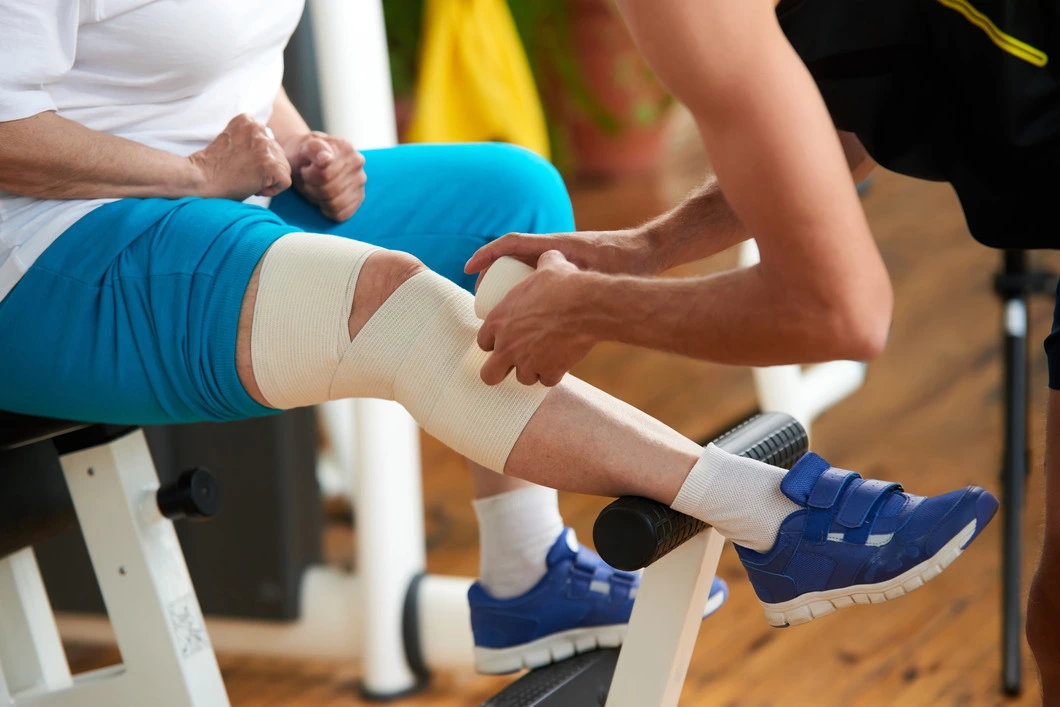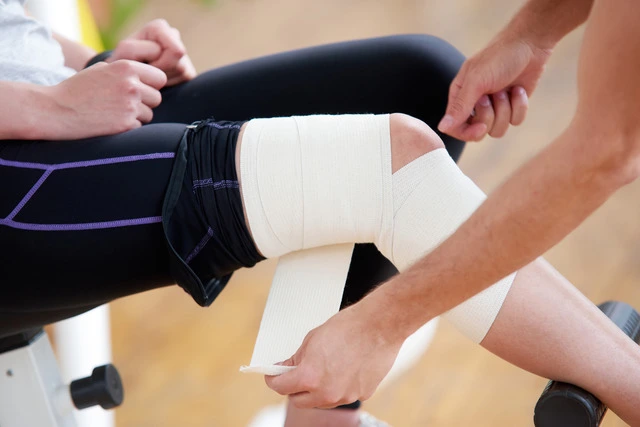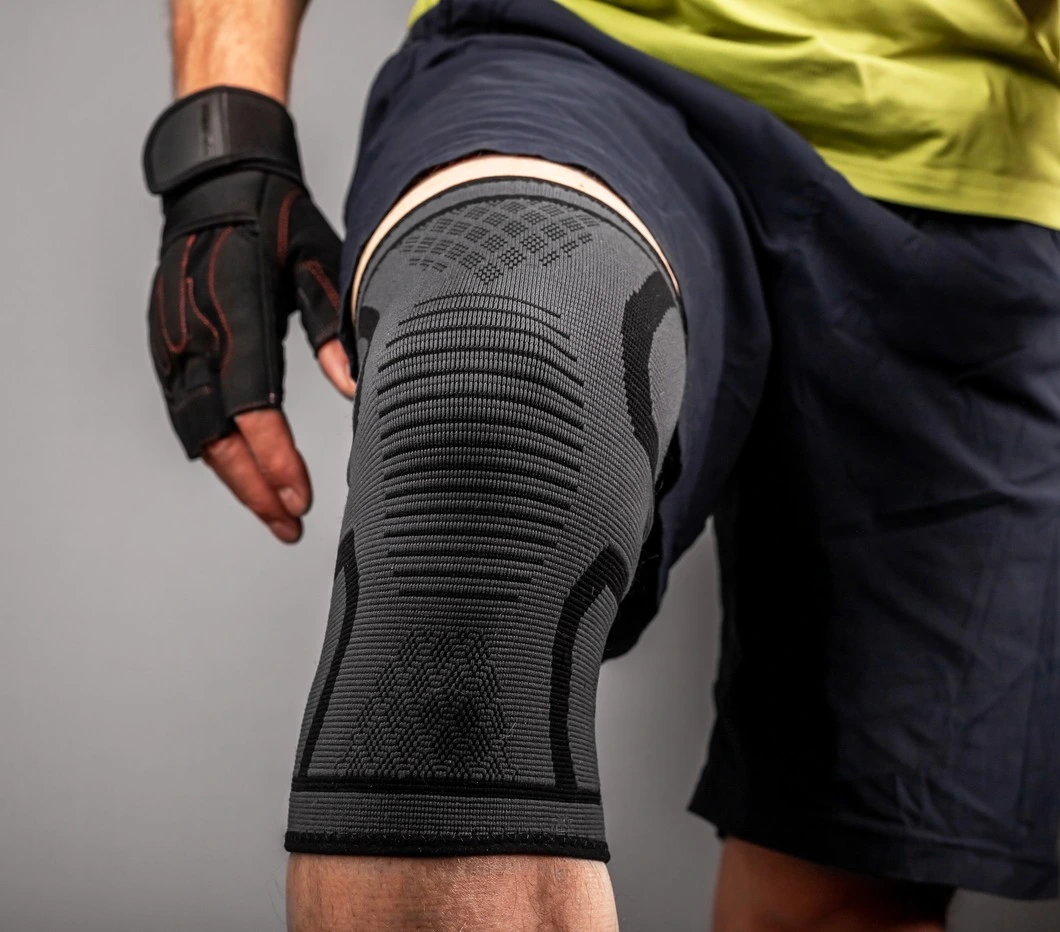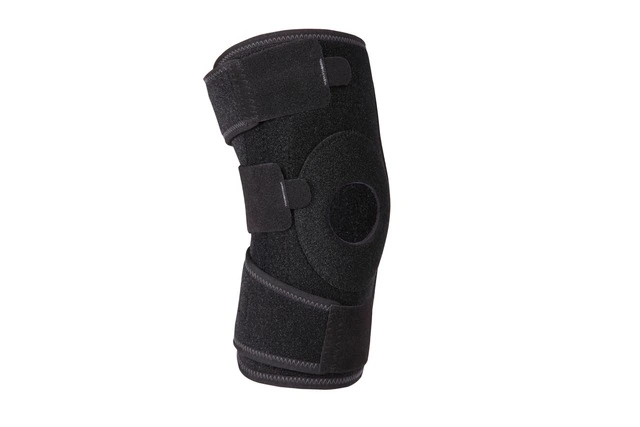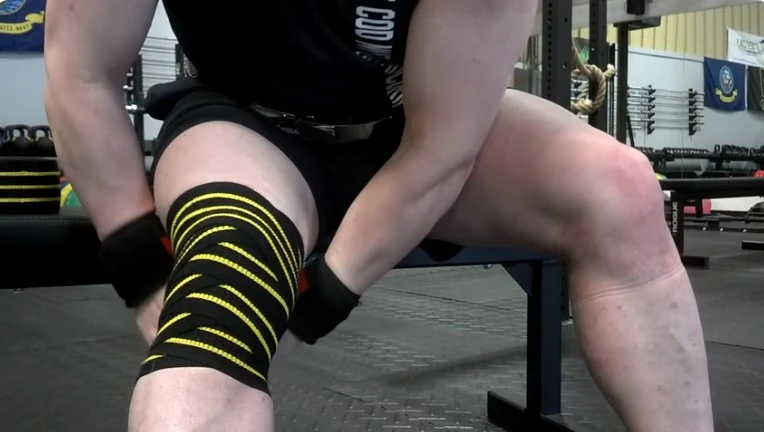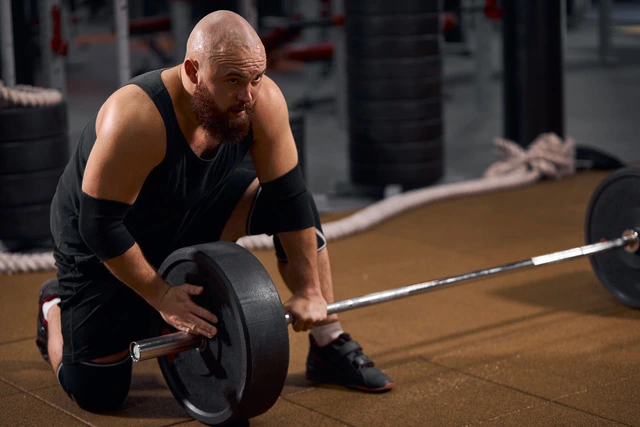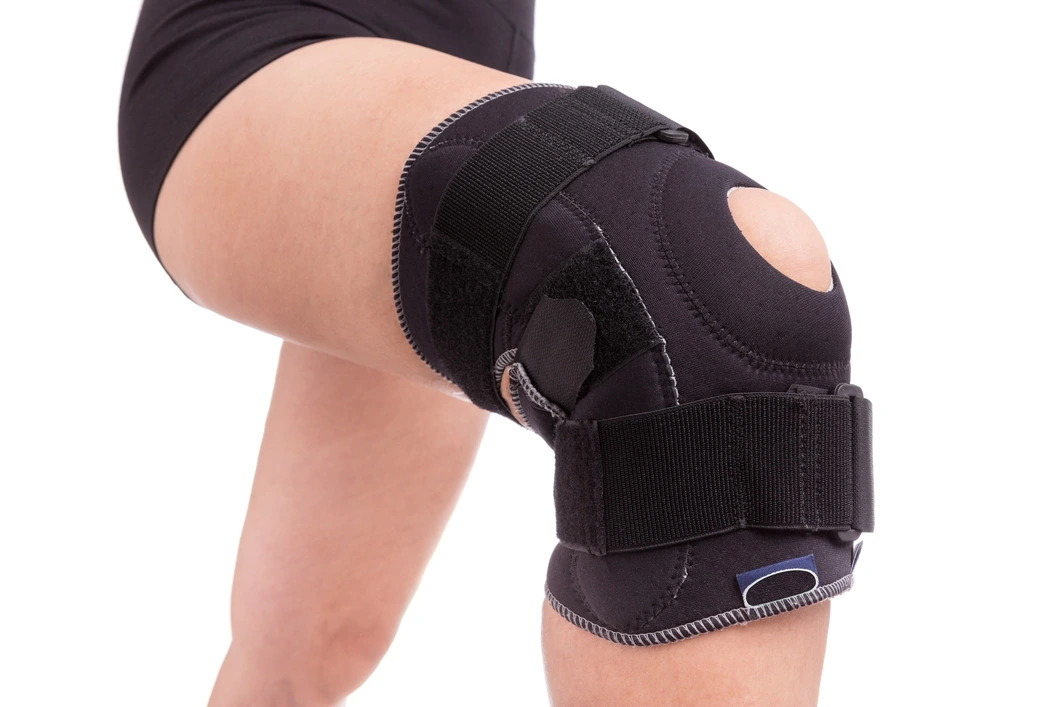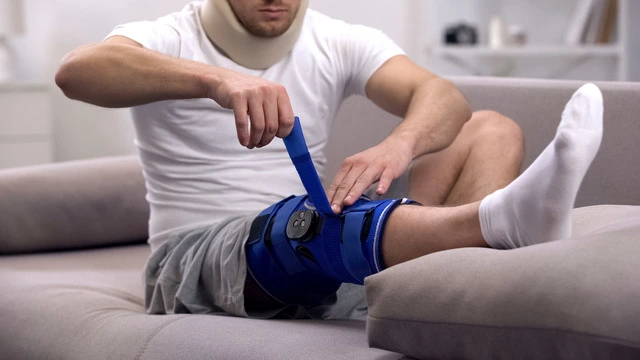How Often Should I Wash My Knee Wraps: All You Need to Know
If you want to keep your workout session fresh and enjoyable all day long, the hygiene of your knee wraps is a must. So, how often should you wash them? The answer is as straightforward as your dedication to fitness.
Regular washing depends on factors like usage frequency, sweat accumulation, and fabric type. If you detect lingering odors, visible stains, or a loss of elasticity, it’s time to give your knee wraps a clean.
If you’re a sports enthusiast from a sweaty weather region like Bangladesh, a routined refreshing cleanse is essential for every empowering lift.
Factors Influencing Washing Frequency
Since the knee wrap’s washing frequency is up to your hygiene and fitness goal, you should consider the following factors to maintain cleanliness.
- Frequency of Use
- Intensity of Workouts
- Sweat and Moisture Accumulation
- Type of Fabric and Material
- Environmental Conditions
- Duration of Wear
- Personal Hygiene Practices
- Climate and Temperature
Signs Your Knee Wraps Need Washing
When you find any of the following signs, you should take care of your lifting knee wraps.
Lingering Odor
When your knee wraps carry a persistent, unpleasant odor, it’s a clear sign that bacteria and sweat have built up. This lingering smell not only affects the wraps but can impact your overall workout experience.
Regular washing becomes crucial to eliminate these odors, ensuring a fresh and hygienic foundation for your weightlifting exercises. By addressing the source of the smell, you not only maintain the cleanliness of your wraps but also contribute to a more comfortable and enjoyable fitness routine.
Visible Stains or Discoloration
Stains or discoloration on your powerlifting knee wraps are more than just aesthetic concerns; they signal the presence of accumulated dirt, oils, and sweat. These visual signs indicate that your wraps need attention.
Regular washing is vital to remove these stains and prevent bacterial growth. By keeping your wraps visually clean, you not only enhance their longevity but also maintain a hygienic workout environment, reducing the risk of skin issues and ensuring a more pleasant exercise routine.
Loss of Elasticity
The elasticity of knee wraps is crucial for providing optimal support during workouts. Over time, frequent use and exposure to sweat can cause a reduction in elasticity. If you notice your weightlifting knee wraps becoming less stretchy, it’s a clear sign that washing is needed.
Regular cleaning helps restore the wraps’ stretchability, ensuring they maintain their intended level of support. By addressing the issue of elasticity loss, you contribute to the wraps’ effectiveness in providing stability during various exercises, promoting a safer and more comfortable fitness experience in Bangladesh.
Skin Irritation
Skin irritation after using knee wraps hinders the purpose of knee wraps, which should not be ignored. Itchy, red, or rash-prone skin indicates the presence of irritants on the wraps. Regular washing is essential to remove these irritants, ensuring that your wraps contribute to a comfortable and irritation-free fitness routine.
By addressing skin irritation promptly, you not only focus on your well-being but also enhance your overall workout experience, allowing you to focus on your exercises without the distraction of discomfort.
Increased Irritability During Workouts
Experiencing unexplained discomfort or irritability during workouts can be directly linked to the condition of your gym knee wraps. If your wraps are unwashed, they may shelter irritants that affect your skin and overall comfort.
Clean wraps contribute to a more pleasant exercise experience, allowing you to focus on your routine without unnecessary distractions. Regular washing becomes a crucial practice in ensuring that your wraps positively contribute to your workouts, promoting a smoother and more enjoyable fitness journey.
Allergic Reactions
Untidy knee wraps for squat can cultivate allergens that trigger reactions in sensitive individuals. If you notice allergic reactions such as redness, itching, or rashes after using your wraps, it’s a clear indication that washing is necessary.
Regular cleaning helps remove potential allergens, ensuring a safer and irritation-free environment for those with sensitivities. By addressing allergic reactions promptly, you not only prioritize your health but also create a workout space that accommodates diverse needs, ensuring that everyone can enjoy a comfortable and inclusive fitness experience.
Decreased Grip and Tension
Dirty knee wraps may experience a reduction in grip and tension, compromising the benefits of knee wraps during exercises. If you notice a decline in the wraps’ ability to provide the desired level of support, it’s a clear sign that washing is mandatory.
Regular cleaning becomes crucial to maintain the wraps’ grip and tension, ensuring they continue to contribute to your overall performance. By addressing the issue of decreased grip and tension, you promote the wraps’ longevity and effectiveness.
Noticeable Moisture Absorption
If your knee wraps seem to absorb more moisture than usual, it’s a significant indicator of accumulated sweat and bacteria. This increased moisture absorption not only affects the wraps’ performance but also poses discomfort and potential skin issues.
Regular washing is essential to maintain the wraps’ moisture-wicking properties, preventing excessive dampness during workouts. By addressing the issue of noticeable moisture absorption, you contribute to a more comfortable and hygienic fitness routine, ensuring that your knee wraps remain a reliable and effective accessory for your exercises.
Washing Guidelines
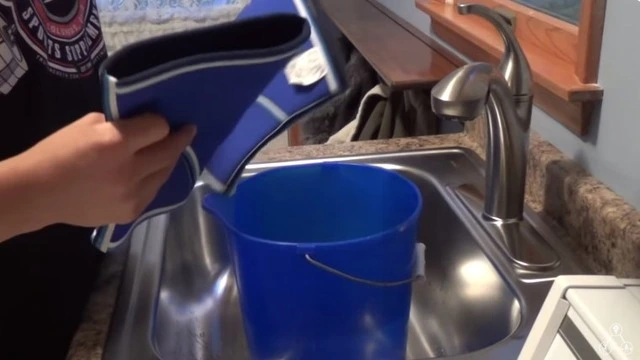
This gym accessory requires washing properly after appearing with any of the mentioned signs. Here’s a step-by-step guide to make your day easy.
Step 1: Select One- Hand Washing vs. Machine Washing
Handwashing is gentle and preserves elasticity, while machine washing offers convenience. Always follow care labels to avoid damaging the wraps. Handwashing with a mild detergent is recommended for optimal care.
Step 2: Choose Suitable Detergents
Choose mild, fragrance-free detergents to prevent skin irritation. Harsh chemicals in regular detergents can degrade the fabric over time, impacting both performance and comfort.
Step 3: Fix Water Temperature Correctly
Use lukewarm water for washing knee wraps. Hot water can damage elastic fibers, affecting the wraps’ longevity, while cold water may not effectively remove oils and bacteria, compromising cleanliness.
Step 4: Avoid Fabric Softeners and Bleach
Avoid fabric softeners as they can reduce the knee wraps’ grip. Bleach weakens the fibers, shortening the lifespan of knee wraps. Skip both to maintain optimal performance and longevity.
Step 5: Follow Gentle Rubbing Techniques
Rub the wraps gently during washing to clean them thoroughly. Excessive wringing or twisting should be avoided, as it can lead to unnecessary wear and tear, ensuring the wraps’ prolonged durability.
Step 6: Rinse and Repeat
Thoroughly rinse your knee wraps to remove detergent residue, preventing skin irritation. Repeat the rinsing process if necessary to ensure a clean finish, promoting hygiene and maintaining a comfortable workout experience.
Step 7: Drying- The Final Task
Air-dry knee wraps by laying them flat or hanging them. Avoid direct sunlight to prevent fabric damage. Machine drying on low heat is an option, but always check care labels for specific instructions. Proper drying methods ensure the wraps maintain their integrity and last longer.
Last Words
Hopefully, now you understand that the cleanliness of your knee wraps is an important factor for a healthy workout in the vibrant fitness journey of Bangladesh. Regular washing, aligned with usage and environmental factors, ensures optimal support and longevity.
Whether you’re conquering lifts or embracing cardio, the signs of washing needs are universal. So, fellow fitness enthusiasts, a routine cleanse of your knee wraps is the secret to a hygienic and empowering lifting experience.
FAQs
How often should I wash my knee wraps?
Aim to wash knee wraps after 3-4 uses or when they show signs of odor, stains, or decreased elasticity. Regular washing prevents bacterial growth, ensuring hygiene and optimal performance.
Can I machine wash knee wraps?
Yes, machine washing on a delicate cycle is suitable. Ensure to follow care labels, use mild detergent, and avoid fabric softeners or bleach to preserve the wraps’ integrity.
Is air-drying or machine-drying better for knee wraps?
Both methods work; however, air drying is gentler and recommended to maintain fabric elasticity. If using a machine, choose a low-heat setting and check care labels for specific instructions.

